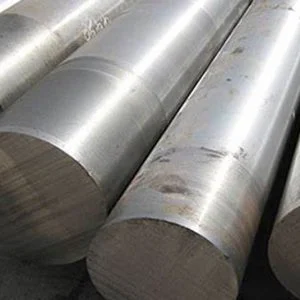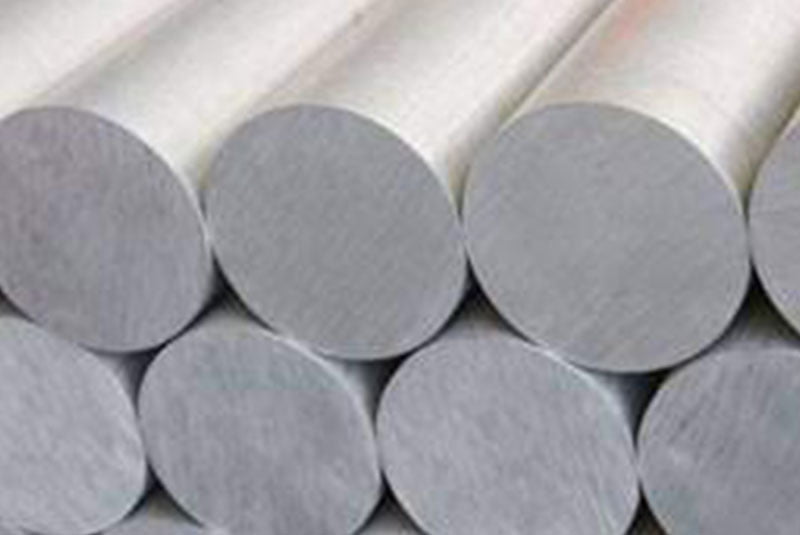Welcome to My Blog!
Before we dive into the content, I’d love for you to join me on my social media platforms where I share more insights, engage with the community, and post updates. Here’s how you can connect with me:
Facebook:https://www.facebook.com/profile.php?id=100085401406977
LinkedIn:https://www.linkedin.com/showcase/102680001/admin/dashboard/
Now, let’s get started on our journey together. I hope you find the content here insightful, engaging, and valuable.
Introduction

Steel has been a cornerstone of human civilization for centuries, serving a multitude of purposes from tools to weapons. Among the myriad of steel types, 1065 steel stands out for its exceptional qualities, especially in traditional blacksmithing and modern forging. This high-carbon steel has been favored by blacksmiths and bladesmiths alike for its toughness and edge retention. In this blog, we will explore the characteristics, historical significance, and modern applications of steel 1065, providing a comprehensive understanding of its role in various forging practices.
What is 1065 Steel?
1065 steel is a high-carbon steel alloy with a carbon content of approximately 0.65%. This composition places it in the category of high-carbon steels, which are known for their hardness and strength. The higher carbon content in steel 1065 results in improved wear resistance and edge retention, making it an ideal choice for tools and blades.
Chemical Composition of 1065 Steel
| Element | Percentage |
|---|---|
| Carbon (C) | 0.60-0.70% |
| Manganese (Mn) | 0.60-0.90% |
| Phosphorus (P) | ≤0.04% |
| Sulfur (S) | ≤0.05% |
| Iron (Fe) | Balance |
This composition contributes to the steel’s strength, hardness, and durability, which are crucial attributes in both traditional and modern forging practices.
Historical Use of 1065 Steel in Traditional Blacksmithing
Blacksmithing Techniques
Historically, blacksmiths have used a variety of steels to create tools, weapons, and ornamental items. 1065 steel, with its high carbon content, has been particularly valued in traditional blacksmithing for its ability to achieve a sharp, durable edge. The steel’s properties make it suitable for producing high-quality knives, swords, and other cutting tools.
Example Uses:
- Knives: Traditional blacksmiths have forged knives from steel 1065 due to its ability to hold a sharp edge.
- Swords: Its hardness and toughness make it ideal for sword blades, providing both sharpness and resilience.
- Tools: The steel’s durability ensures that tools made from steel 1065 can withstand significant wear and tear.
Craftsmanship and Techniques
Blacksmiths utilize various techniques, such as quenching and tempering, to enhance the properties of 1065 steel. Quenching involves heating the steel to a high temperature and then rapidly cooling it, which increases its hardness. Tempering follows, where the steel is reheated to a lower temperature to reduce brittleness while maintaining hardness.
The Evolution of Forging Practices
Traditional vs. Modern Forging
Traditional blacksmithing and modern forging techniques differ significantly. Traditional methods relied on manual skills and rudimentary tools, whereas modern forging incorporates advanced technology and equipment. Despite these advancements, steel 1065 continues to be a preferred material due to its consistent performance and desirable properties.
Technological Advancements
Modern forging has introduced new techniques such as precision heat treatment and advanced metallurgical processes. These advancements allow for even greater control over the properties of 1065 steel, enhancing its performance in various applications.
Comparison Table: Traditional vs. Modern Forging Techniques
| Aspect | Traditional Forging | Modern Forging |
|---|---|---|
| Equipment | Hammers, anvils | Hydraulic presses, CNC machines |
| Techniques | Manual shaping, hand forging | Precision heat treatment, automated processes |
| Steel Properties | Dependent on skill and technique | Consistent due to controlled processes |
| Applications | Tools, weapons, ornamental items | Industrial tools, high-performance blades |
Modern Applications of 1065 Steel
Industrial Uses
In modern times, 1065 steel is widely used in various industrial applications. Its high carbon content makes it suitable for high-wear environments where strength and durability are essential.
Key Industrial Applications:
- Automotive Parts: Components like gears and shafts benefit from the steel’s toughness.
- Cutting Tools: Manufacturing tools that require sharp edges and wear resistance.
- Machine Components: Parts that endure heavy stress and require high strength.
Craft and Custom Forging
In addition to industrial uses, steel 1065 is popular among custom bladesmiths and craftsmen. Its workability and ability to take a fine edge make it a favorite for custom knives and other specialized tools.
Advantages and Disadvantages of 1065 Steel

Advantages
- Hardness and Edge Retention: The high carbon content provides excellent hardness and edge retention.
- Durability: With proper heat treatment, steel 1065 exhibits high wear resistance.
- Workability: Despite its hardness, it is relatively easy to forge and shape.
Disadvantages
- Brittleness: High carbon content can make the steel more brittle if not properly tempered.
- Corrosion Resistance: 1065 steel lacks significant corrosion resistance, requiring proper maintenance to prevent rust.
- Heat Treatment Sensitivity: The steel’s properties are highly dependent on precise heat treatment processes.
Conclusion
1065 steel has played a significant role in both traditional blacksmithing and modern forging. Its high carbon content provides a blend of hardness, edge retention, and durability that has made it a preferred material for centuries. Whether used in traditional tools and weapons or advanced industrial applications, steel 1065 continues to demonstrate its versatility and value. Understanding its properties and applications helps in appreciating its historical significance and its ongoing relevance in modern forging practices.
FAQ
What makes 1065 steel different from other high-carbon steels?
1065 steel contains approximately 0.65% carbon, which strikes a balance between hardness and workability. This composition provides better edge retention and strength compared to lower carbon steels while being more manageable than steels with higher carbon content.
How should 1065 steel be maintained?
To maintain 1065 steel, regular cleaning and oiling are necessary to prevent rust and corrosion. Proper heat treatment and tempering are also essential to maintain its properties and prevent brittleness.
Can 1065 steel be used for making swords?
Yes, 1065 steel is commonly used for making swords due to its hardness and ability to hold a sharp edge. Proper heat treatment is crucial to ensure that the sword has the desired balance between hardness and flexibility.
What are the best heat treatment practices for 1065 steel?
The best heat treatment practices involve heating the steel to around 800-900°C (1472-1652°F), followed by quenching in oil or water. Tempering should follow to reduce brittleness, typically by reheating to 150-200°C (302-392°F) and then cooling.
Is 1065 steel suitable for making knives?
Yes, 1065 steel is excellent for making knives due to its hardness and edge retention. It is particularly favored for knives that require a durable, sharp edge and can be effectively tempered to balance hardness and toughness.
